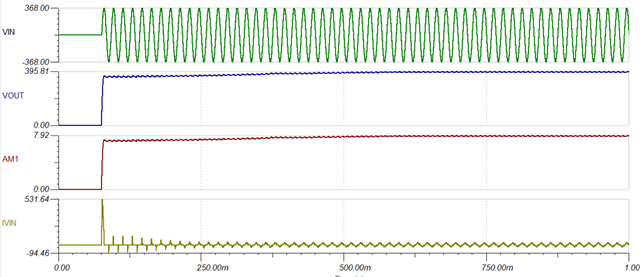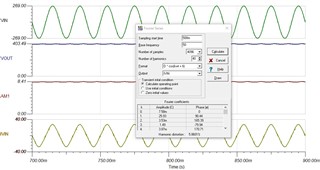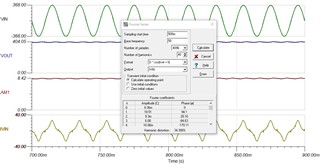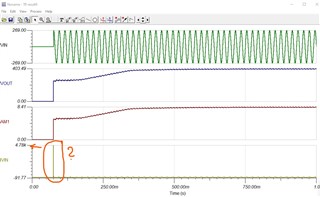Other Parts Discussed in Thread: TINA-TI
I am currently trying to build a PFC for 3.4 kW.
For this I have built the TINA-TI model and entered the values with the Design Tool.
If I start the simulation with an output resistance of 50Ohm to reach 3.4kW, my voltage does not reach the 400V. Also, the current does not look properly sinusoidal at the input.
Can someone help me to find the error?
Attached are pictures and my model.


Here the model.






